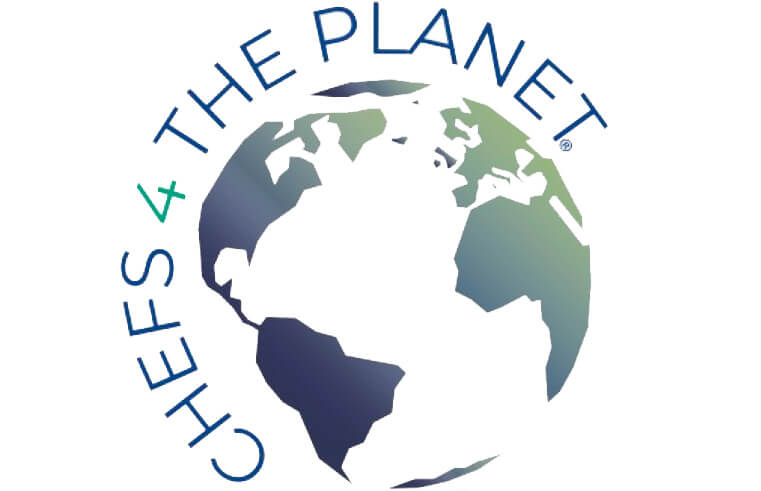Ezra Klein. I’m a vegan, but I’m also a realist. There’s no chance humanity is going to give up meat, en masse, anytime soon. That said, we can’t just wish away the risks of industrial animal agriculture. If we don’t end this system, soon, terrible things will happen to us and to the planet. Terrible things are already happening.
So this is going to be a column about finding a way to work with humanity’s growing appetite for meat rather than against it. All we need to do is replace the animals, or at least a lot of them. Technologically, we’re closer to that than you might think. What we need is for government to put money and muscle behind the project — just as it’s doing for electric cars and weatherized homes and renewable energy — so that the future happens fast enough to save the present. This is the hole in the American Jobs Plan, and it wouldn’t take much money, just a bit of vision, to fill.
Let me first lay out the urgency of the task and the rewards we could reap. As best we can tell, the novel coronavirus jumped from bats, to some other animal, to humans, with the locus of infection being a Chinese meat market. There’s nothing unusual about that. Swine flus — yes, plural — jump from pigs to humans. Avian flus jump from birds to humans. Ebola most likely came from monkeys. “Preventing the Next Pandemic,” a report by the United Nations Environment Program, estimates that 75 percent of the new infectious diseases that threaten humans come from animals.
The U.N. report goes on to name the seven major drivers of these emerging animal-to-human diseases. First is the increasing demand for animal protein. As populations get richer, they eat more meat. Since 1961, global meat production has more than quadrupled, to more than 340 million tons from 71 million tons. Americans are among the top meat consumers in the world: In 2018, each of us ate, on average, 222 pounds of red meat and chicken. Consumption in most other countries is far lower, but rising. In China, for instance, per capita meat consumption has more than doubled since 1990.
Read the rest here: https://www-nytimes-com.cdn.ampproject.org/c/s/www.nytimes.com/2021/04/24/opinion/climate-change-meatless-meat.amp.html


